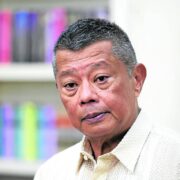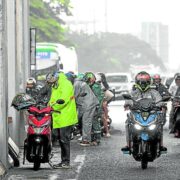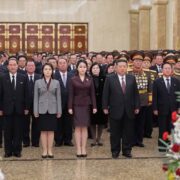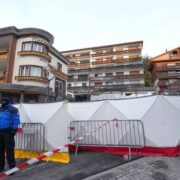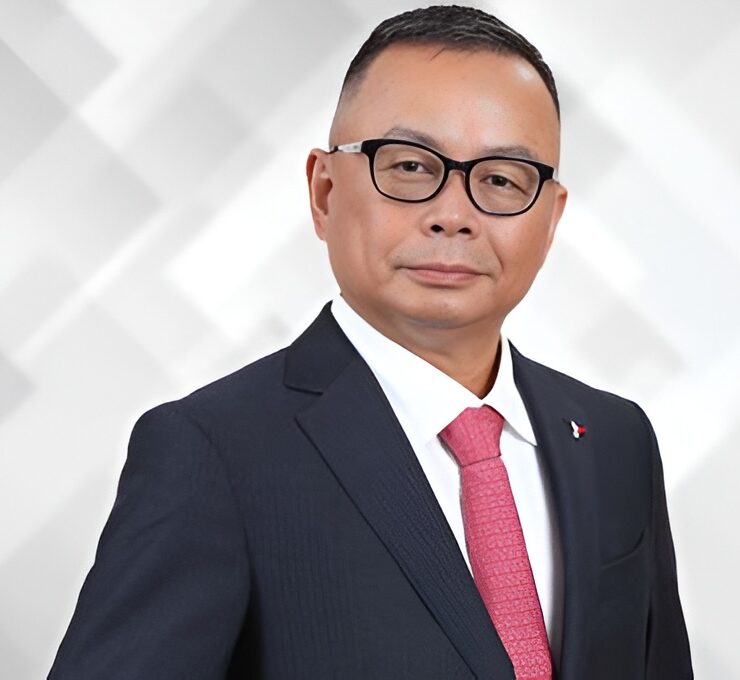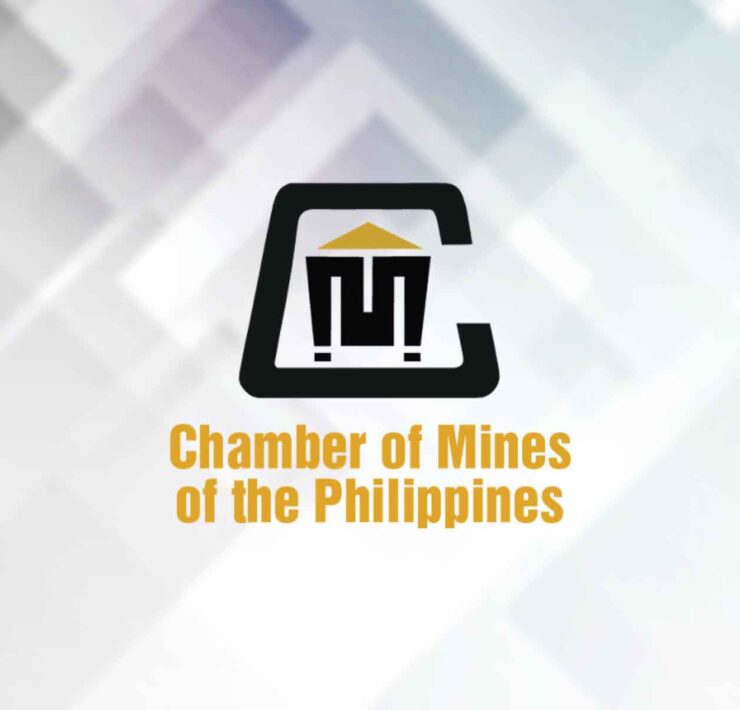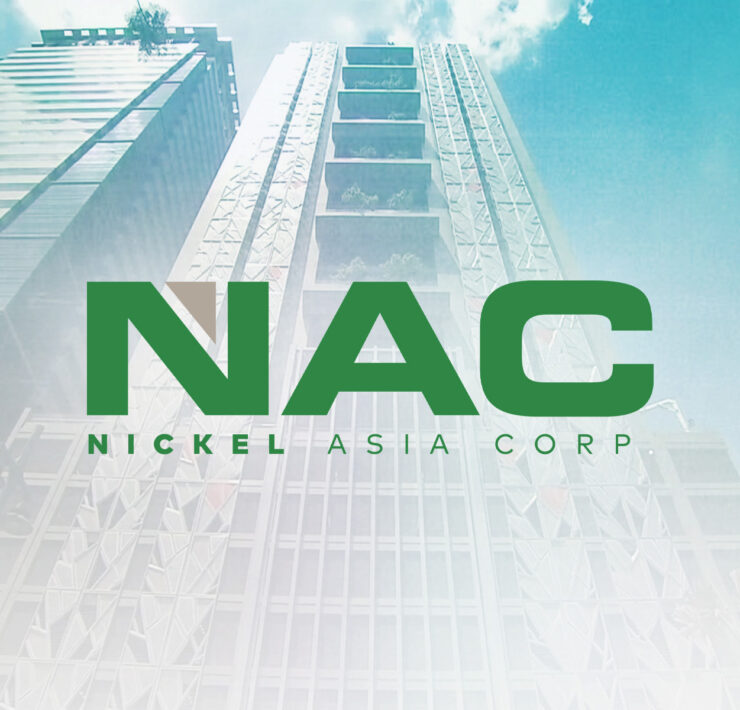Toward responsible mining: A push for change
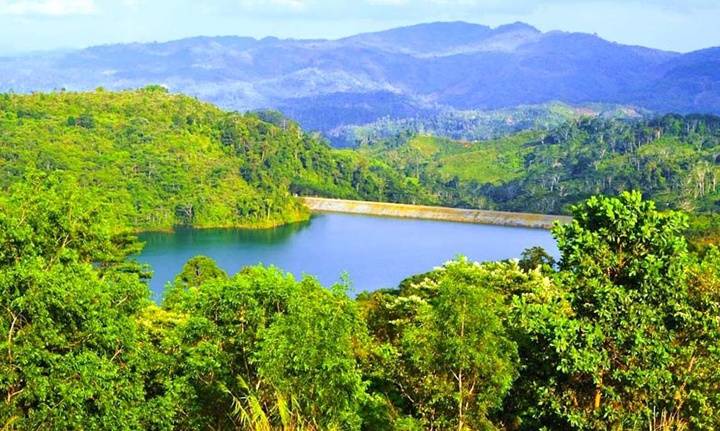
President Marcos has renewed his push for a more stable and sustainable mining industry that balances mineral extraction with environmental protection.
This recent pronouncement extends beyond harnessing the country’s natural resources. It aims to establish a framework for advancing the country’s economic growth through responsible mining.
“The Philippines, as one of the most mineral-rich countries in the world, has a unique opportunity to leverage its natural resources for national development,” Mr. Marcos tells attendees of the 2023 Presidential Mineral Industry Environmental Award.
“But this can only be done if we ensure that the wealth that we generate is shared equitably, that our ecosystems are safeguarded, and that local communities are empowered,” he adds.
To achieve this, the President urged lawmakers and relevant government agencies to fully support the Rationalization of the Mining Fiscal Regime. As he stated in his State of the Nation Address last year, a simplified mining fiscal regime is “fundamental” in creating a “fair and equitable mining environment” for all stakeholders.
The draft bill proposes a four-tier, margin-based royalty between 1.5 percent and five percent on income from mining operations outside of mineral reservations.

Mining companies are currently levied with a two-percent excise tax on minerals extracted outside mineral reserves while extracting from within mineral reserves are required to pay an additional five-percent royalty.
For firms with mining operations within communities hosted by indigenous peoples, they are mandated to pay at least one percent of their gross output.
Michael Toledo, chair of the Chamber of Mines of the Philippines (COMP), an association composed of the country’s largest mining, quarrying and mineral processing companies, says they hope a “progressive” mining fiscal regime will be passed by the end of this year.
The Philippine Nickel Industry Association (PNIA), which represents the majority of nickel producers across the archipelago, says the passage of the enhanced fiscal regime “marks a significant step” towards a fair and competitive tax regime for the sector.
“We firmly believe that the proposed fiscal and regulatory framework will not only increase the government’s revenue and share from mining but also foster an environment conducive to sustainable and responsible mining practices,” PNIA executive director Charmaine Olea-Capili says.
Capili also says this would create a framework that will balance governmental interests with industry competitiveness.
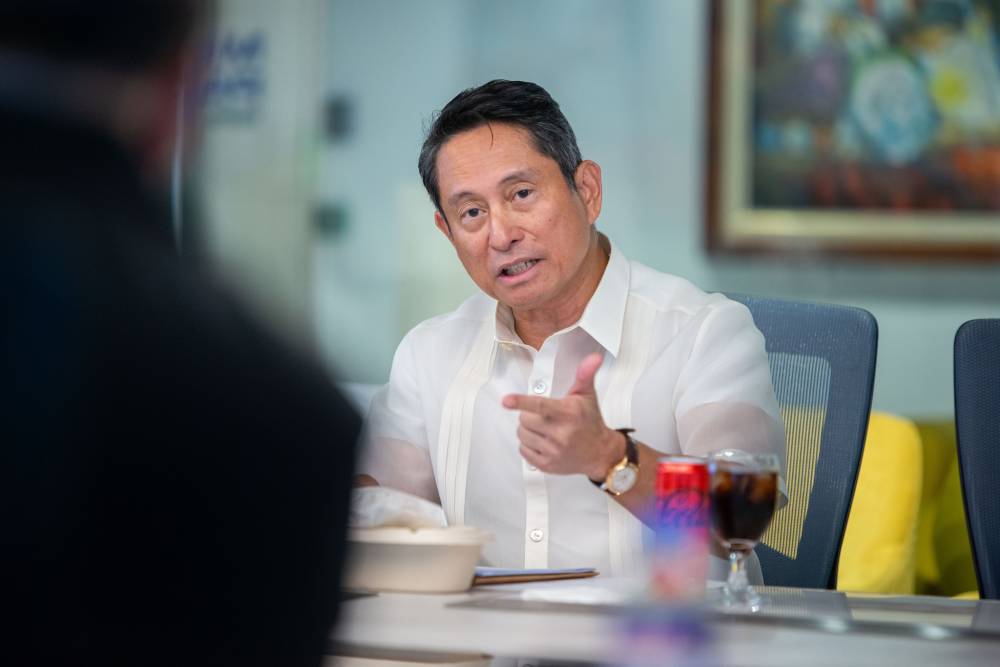
While waiting for the draft bill’s approval, the Department of Finance and the Department of Environment and Natural Resources (DENR) are crafting an executive order to put in place a clear-cut policy on mining royalty.
Environment Undersecretary Carlos Primo David explains that the draft EO will not replace any laws or regulations governing the mining sector. Instead, this will address the conflicting interpretation of mining laws and complexities with local government units and indigenous peoples and indigenous cultural communities while waiting for Congress to deliberate and approve this proposed legislation.
David says that such inconsistencies often cause mining investors to be on a wait-and-see attitude.
“For any royalty, you’ll have to put a ceiling because if there’s no ceiling, it can be one percent, two percent, 10 percent up to 100 percent. That is something that we have to address,” he says, adding what the law specifies is the minimum.
“Any legislation needs another legislation but the EO should correct some of the issues such as conflict with the IRR and other provisions of the law, such as in the NCIP (National Commission on Indigenous Peoples),” he adds.
Apart from mining royalties, the government has unveiled other policy reforms to give a boost to mining projects in the Philippines.
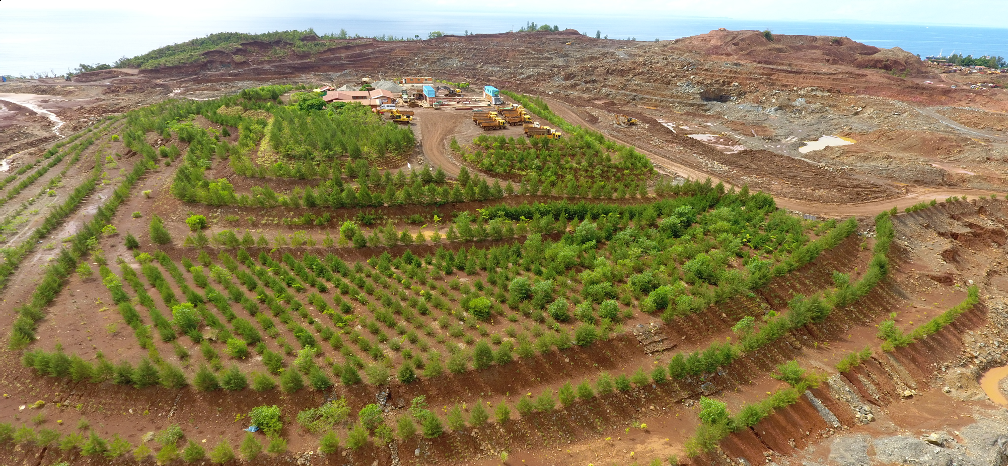
The DENR rolled out a digital application process in three regions including Caraga and Davao to streamline the permitting process and reduce the waiting time while eliminating indiscretions in the application process.
“We’ve already gotten feedback. Once it’s okay, this will be rolled out nationwide,” David tells reporters.
At the same time, the Mines and Geosciences Bureau (MGB) is implementing a “through and through” processing of mining applications and parallel processing in which it will facilitate submissions of mining companies without waiting for the issuance of permits from other regulatory bodies, including local governments and the NCIP.
The agency, however, will only issue the permit once the mining firm submits all the necessary requirements.
Such initiatives, according to David, will slash the processing time for mining permits to two years from the usual waiting time of six to 11 years.
“When you start to evaluate applications, there are always technical and legal aspects and it depends on the person evaluating that. We want to track where these tracks are getting stalled,” he says.
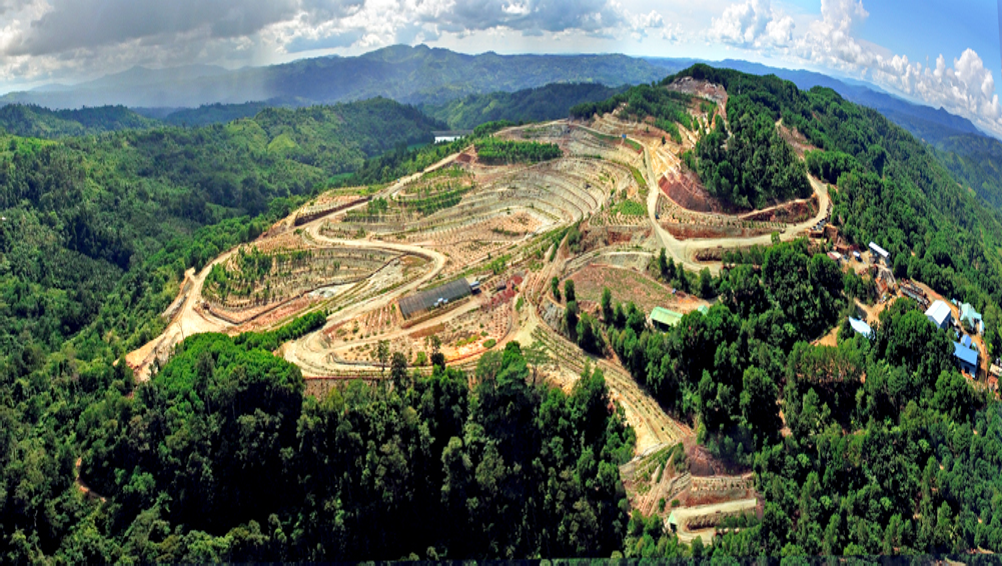
The Anti-Red Tape Authority (ARTA), for its part, is working on a model ordinance to simplify the permitting process at the LGU level. It is expected to be completed within the year.
“We have been asked to draft a model ordinance for all [LGUs] to follow, starting with the energy and the mining sector. We will also look into it to standardize the requirements by [LGUs], ensuring that processes at the local level will be standardized and streamlined,” ARTA Director General Ernesto Perez says.
The Marcos administration may have acknowledged the significant role of the mining industry in writing a new chapter for economic development. However, the COMP has identified key challenges that discouraged local and foreign entities from pouring investments into the mining sector.
Toledo says these are long-term policy consistencies, the long and complex approval process for exploration permits and mining applications, business continuity risks from local governments and communities, and tax uncertainties and lack of adequate benefits.
The sector’s metallic production dropped by 6.69 percent to P114.77 billion in the first semester of 2024 from P123.01 billion in the same period a year ago, figures from the MGB showed. The agency attributed the sector’s lukewarm performance to sluggish nickel prices, the continued decline in the output of gold and nickel ore, along with processed products like mixed sulfide and scandium oxalate.
The MGB also reported that the government collected P2.84 billion in excise taxes during the reference period, with about 40 percent or P1.14 billion of the total coming from gold mines.
Meanwhile, royalty payments from the development and utilization of the mineral resources within the mineral reservation totaled P81.33 million.
At present, the country has 21 mining projects situated within the mineral reservation areas, 20 nickel mining projects and a chromite mining project.



